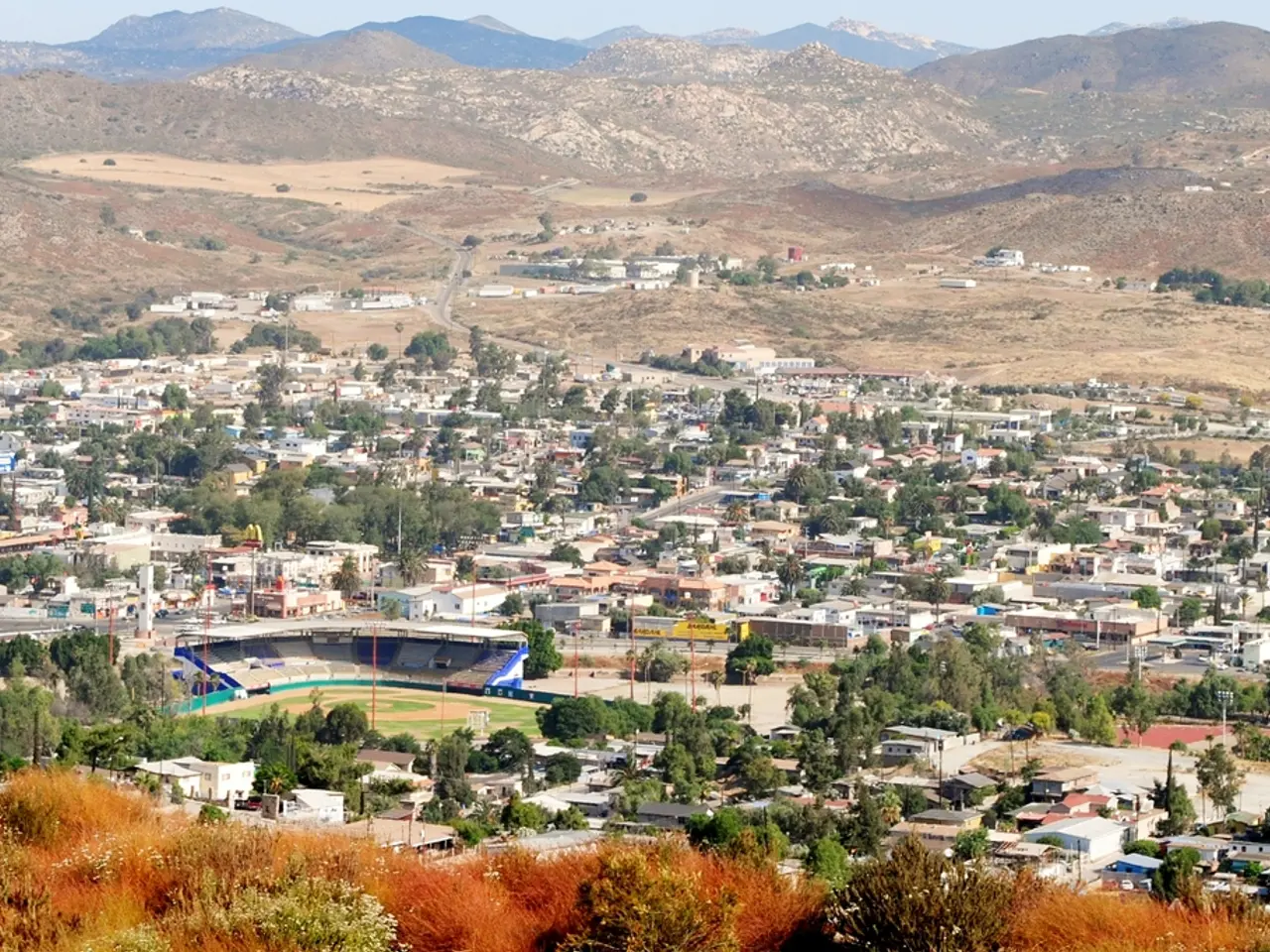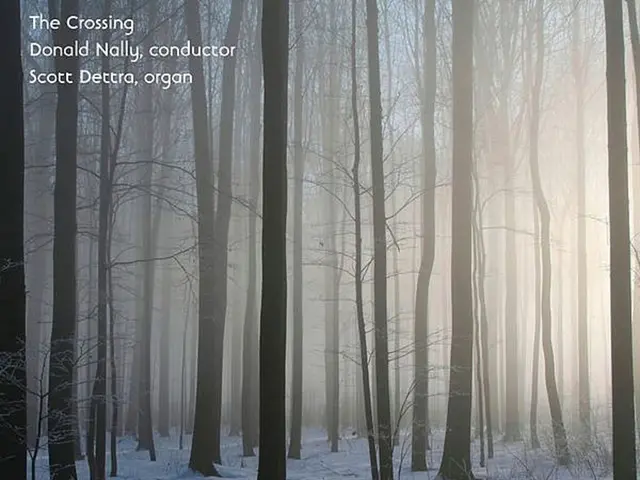Delving into the Mystery: The Abnormal Nature of India's Monsoon Season This Year
A series of tragic events in various regions of India, including Uttarakhand, Himachal Pradesh, Jammu & Kashmir, and Punjab, have highlighted the urgent need for a shift towards sustainable development.
Pollution, reckless development, and consumerism have contributed to the darkening of the Himalayas, once known for their pristine snow-capped peaks. The fragile, young mountains under constant geological stress have been further destabilized by the construction of roads, tunnels, and dams, which remove vital vegetation and weaken the land, worsening landslides and floods.
In Uttarakhand's Dehradun district, five people were swept away after overnight rainfall triggered flooding and landslides. This tragedy is a stark reminder of the devastation that can occur when development ignores the delicate balance of the natural world.
Environmentalist Sunita Narain, the director of the Centre for Science and Environment (CSE), described the current crisis as a man-made disaster, caused by the recklessness of unchecked growth and development. The CSE report reveals that in 2024, extreme weather events occurred on nearly 9 out of 10 days across India, resulting in the loss of almost 3,000 lives, the destruction of 2 million hectares of crops, and the damage of over 80,000 homes.
The monsoon season in Jammu and Kashmir and Himachal Pradesh has been characterized by unprecedented floods, exacerbated by dams and poor reservoir management. Deforestation in fragile ecosystems like the Himalayas and Western Ghats has increased surface runoff, erosion, and the risk of flash floods and landslides.
Activists in Sikkim have raised concerns about the new railway line to Sikkim, which they claim has intensified environmental harm in this vulnerable region. Gyatso Lepcha, general secretary of The Affected Citizens of Teesta (ACT), notes the stagnant flow of the Teesta River, which he attributes to dams and their impacts on flooding and erosion.
Vijay Jardhari, an environmentalist, warns that Uttarakhand once experienced heavy rainfall but rare natural disasters, but today, devastation is constant. He urges for policies that align with a vision of sustainable development to prevent further tragedies like those in Dharali, Tharali, and other affected areas.
The CSE report suggests that India is increasingly at the mercy of climate-linked disasters, with serious consequences for public health, rural communities, and long-term development goals. The organization involved in the 2025 climate call of the Indian Ministry of Environment is not explicitly mentioned in the provided search results. However, the call for a shift towards sustainable development to protect fragile ecosystems and the communities that depend on them is a clear and urgent message.
The destruction unfolding across India is a stark reminder of the recklessness of growth at all costs. Narain warns that this devastation is 'the recklessness of growth at all costs' coming back to haunt us. It is time for India to move towards sustainable development and create policies that align with this vision to protect its people and its environment.
Read also:
- Connection Between ADHD and Trauma?
- West Nile Virus detected in Kentucky for the first time; authorities advise locals to adopt safety measures
- Federal authorities mandate the final phase of the San Jacinto River Waste Pits clean-up operation
- "Grave food crisis and numerous casualties": United Nations labels Israel's actions in Gaza as genocide





